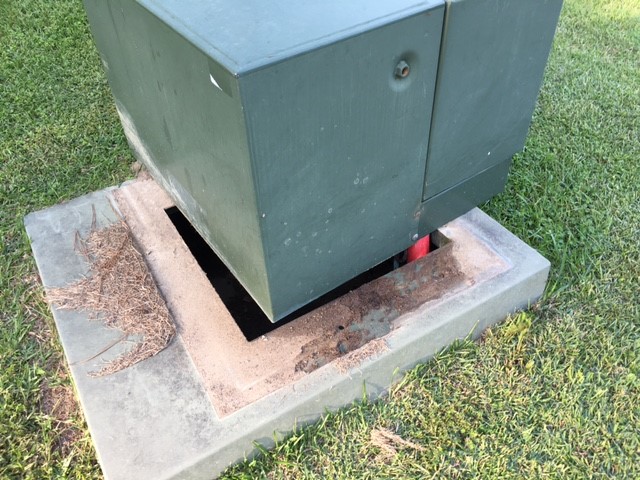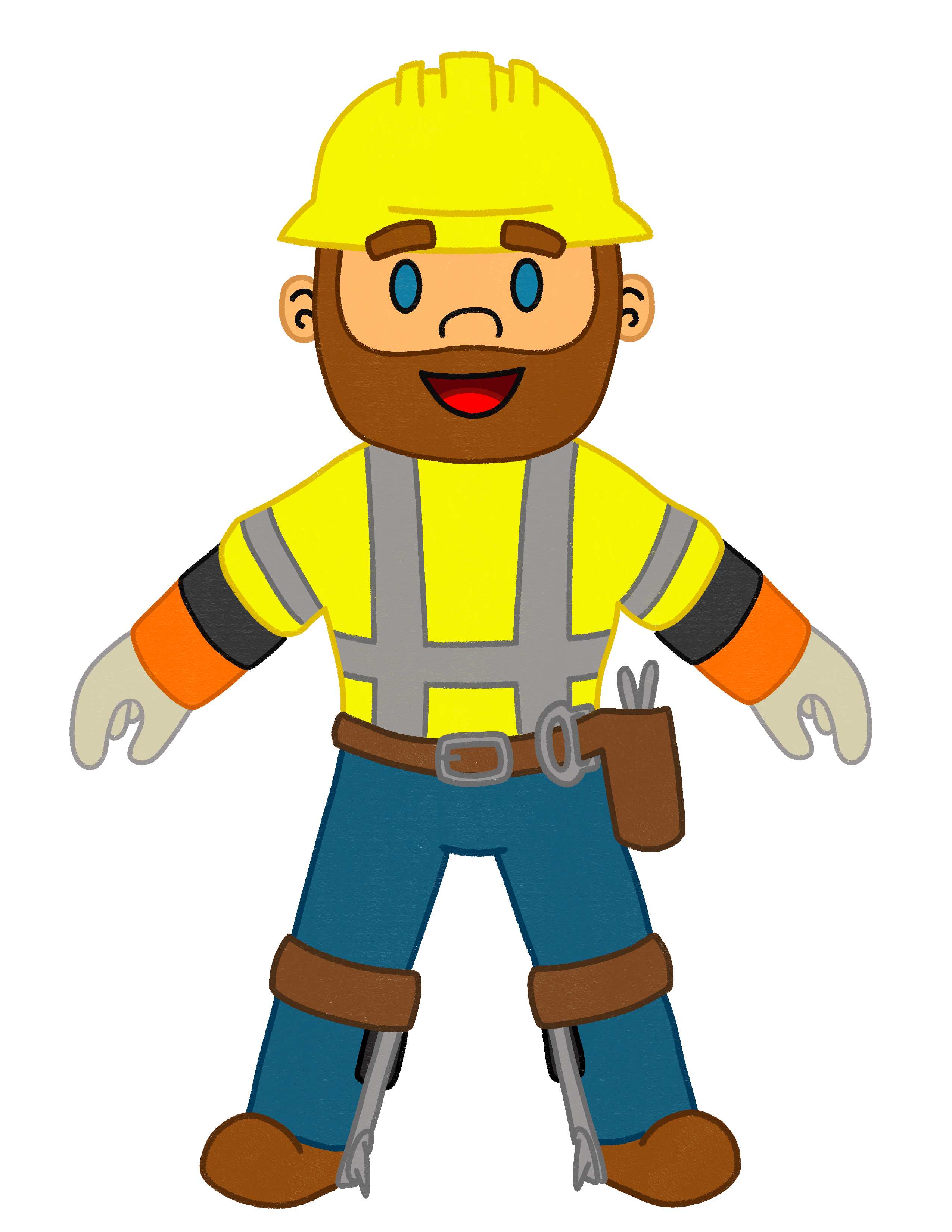What a five-year-old's burn injury can teach you about safe electricity

Note: While this event did not take place on Tideland's system, there are padmount transformers almost at every turn across our nation's landscape. Safety education is power. Embrace it. And share it with those you love.
Video interview with the Studer family
It was an early spring day when a flash from a suburban backyard knocked out power in the neighborhood and came all too close to ending in a tragedy. Two young boys, Aaron and Brett Studer, were playing outside with wooden swords. However, they didn’t know anything about the green metal boxes that they were playing around in the back corner of their yard.
Brett found one of these metal boxes unlocked and pulled the top off. Aaron, who was only 5 years old at the time, was looking for a place to hide one of his swords and stuck a wet stick inside the box.
There was a flash and loud explosion. Aaron suffered second and third degree burns to his face.
He was rushed to the hospital. As he recalls, “I couldn’t really cry at the time either, because my face was…just smoldering, it was so hot.” Fortunately there were no permanent scars.
Brett luckily escaped with no injuries. He remembers seeing the live wire after the top of the box was removed. “It was fortunate that I didn’t touch it,” Brett explains. “To a kid, you don’t even know what a power box is or what it holds.”
The Studer family is now partnering with Safe Electricity’s “Teach Learn Care TLC” campaign to share their experience in hopes of helping others stay safe. “I had no idea. It wasn’t even anything that I really ever thought about,” says the boys’ mother, Meg.
Electricity gets to your home in one of two ways: overhead or underground. If the distribution lines are underground, service pedestals and equipment may be housed in these outdoor boxes, or cabinets.
Safe Electricity urges you to:
- Recognize that these boxes contain electrical equipment.
- Respect the equipment and the boxes—do not open, tamper with, or obstruct access to them.
- If there is any damage, such as a hole or broken lock, immediately report it to your utility.
Familiarize yourself and family members with any electrical boxes on your property. Meg advises other parents, “Look at the electrical boxes in your back yard and check to make sure that they’re secure and locked.”
Padmount transformers often require larger enclosures. The transformer reduces the voltage of incoming electricity to a lower voltage for household use. While some homeowners consider padmount transformers an eye-sore, it is important to not obstruct access to them.
Do not bury, install fences around, or plant immediately around electrical boxes in an effort to disguise them. These barriers may make the cabinet difficult to find and block access, should routine maintenance need done or an emergency occur. While specific regulations vary by location, it is a good idea to maintain a minimum clearance of at least 10 feet to the front of the transformer and 2 to 5 feet to the rear and each side. Check local municipal or county codes as well as utility codes regarding how to landscape around this equipment.
The Studer family knows they are very lucky that their situation was not worse. “That could have been the end of my story right there that day,” reflects Brett.
From his close encounter with electricity, Aaron advises, “You know, you’ve got an electrical box in the back and nobody really thinks to go check to see if it’s got a padlock on it, and that’s definitely something that I recommend doing. I know I sure will when I have my own home.”




